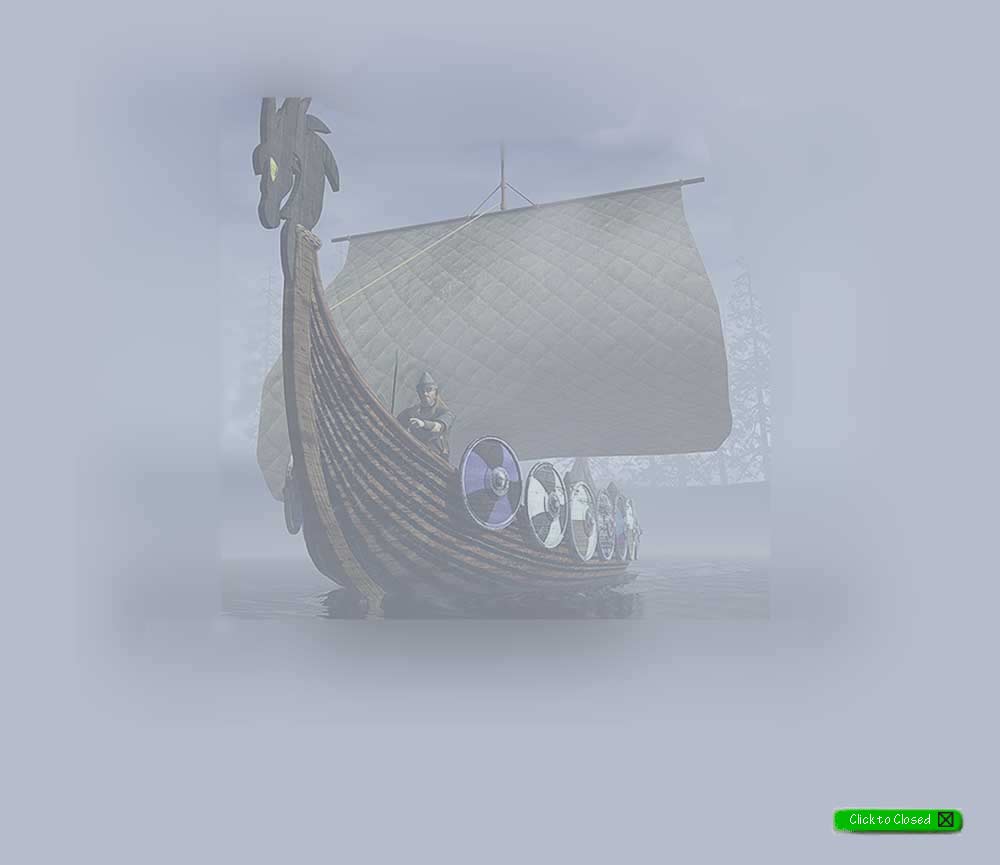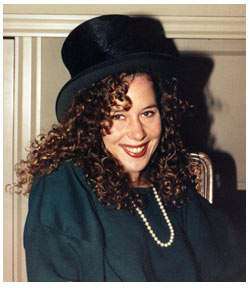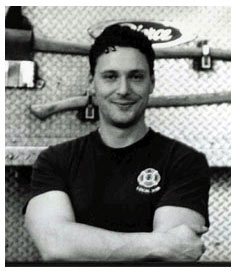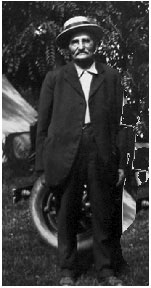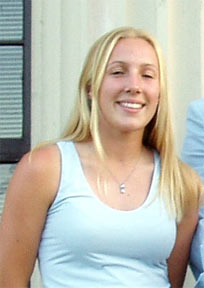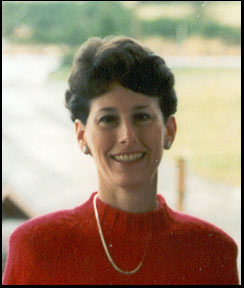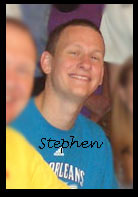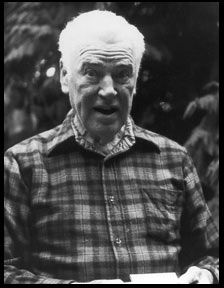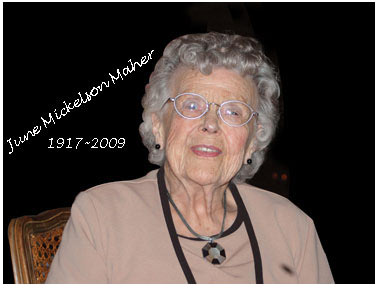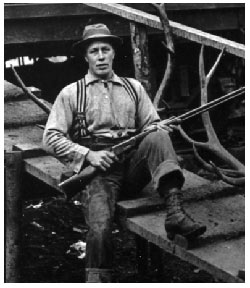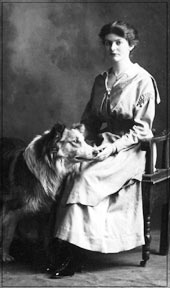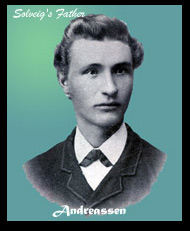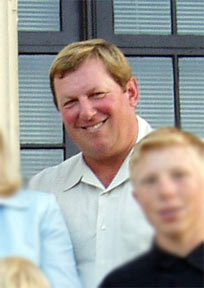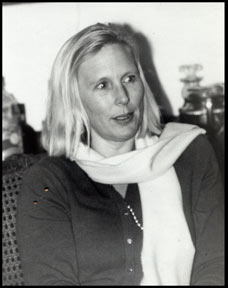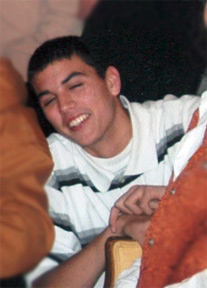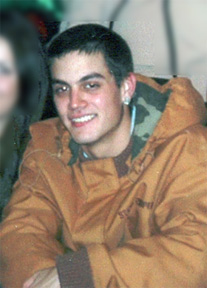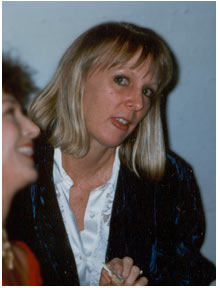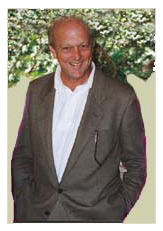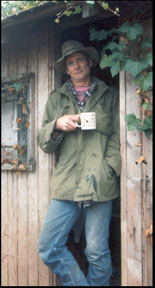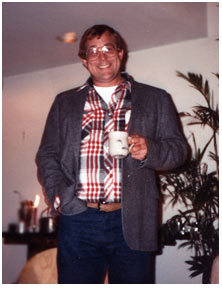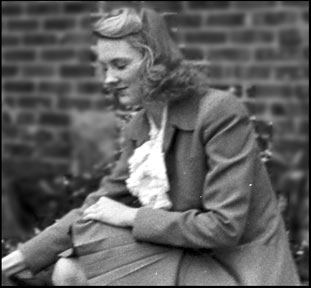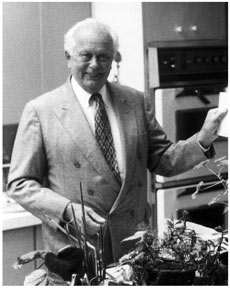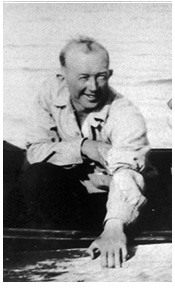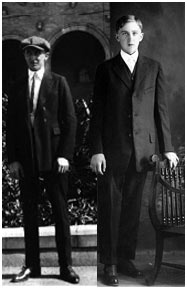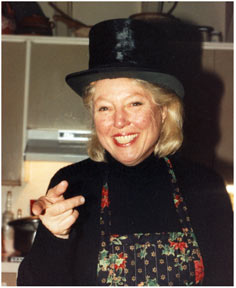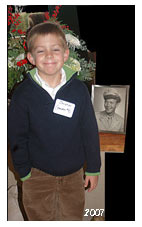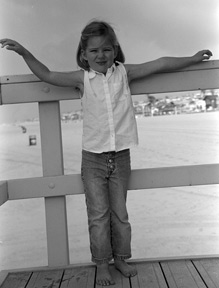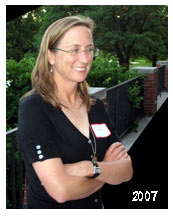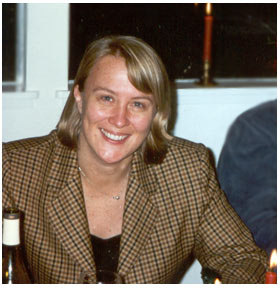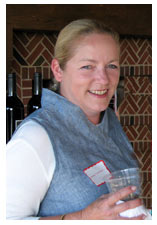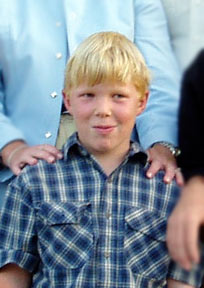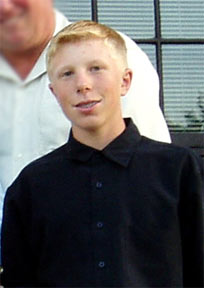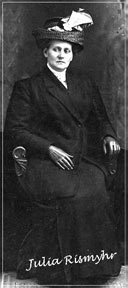

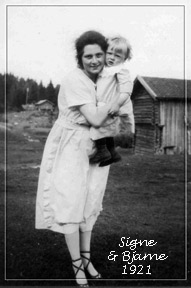
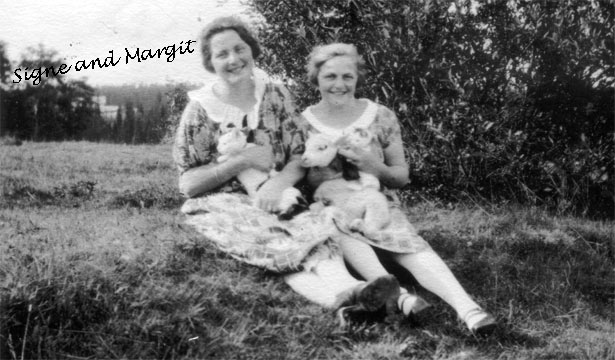
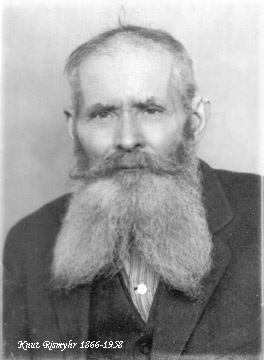
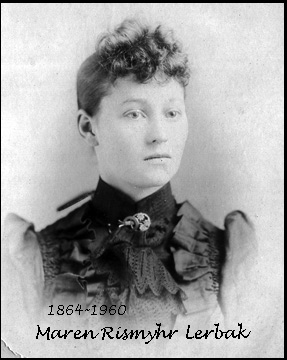
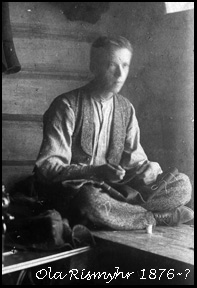
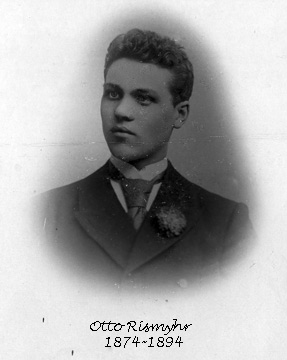

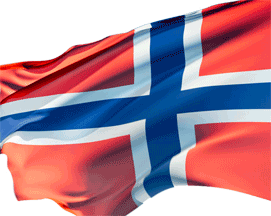
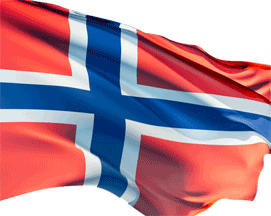
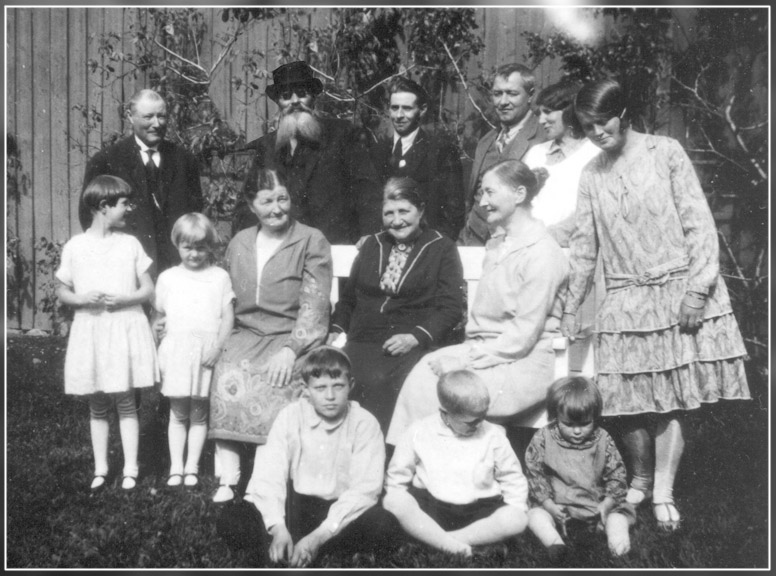
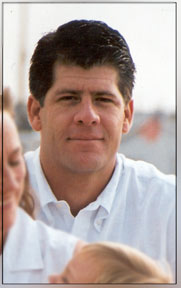
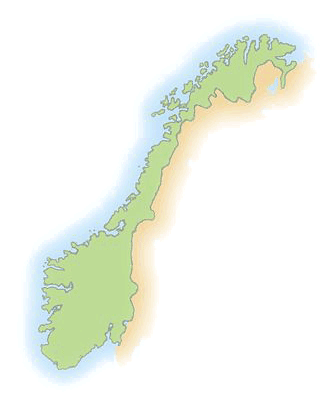

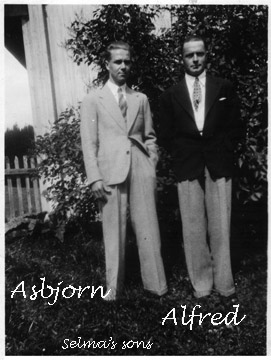
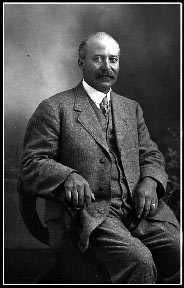
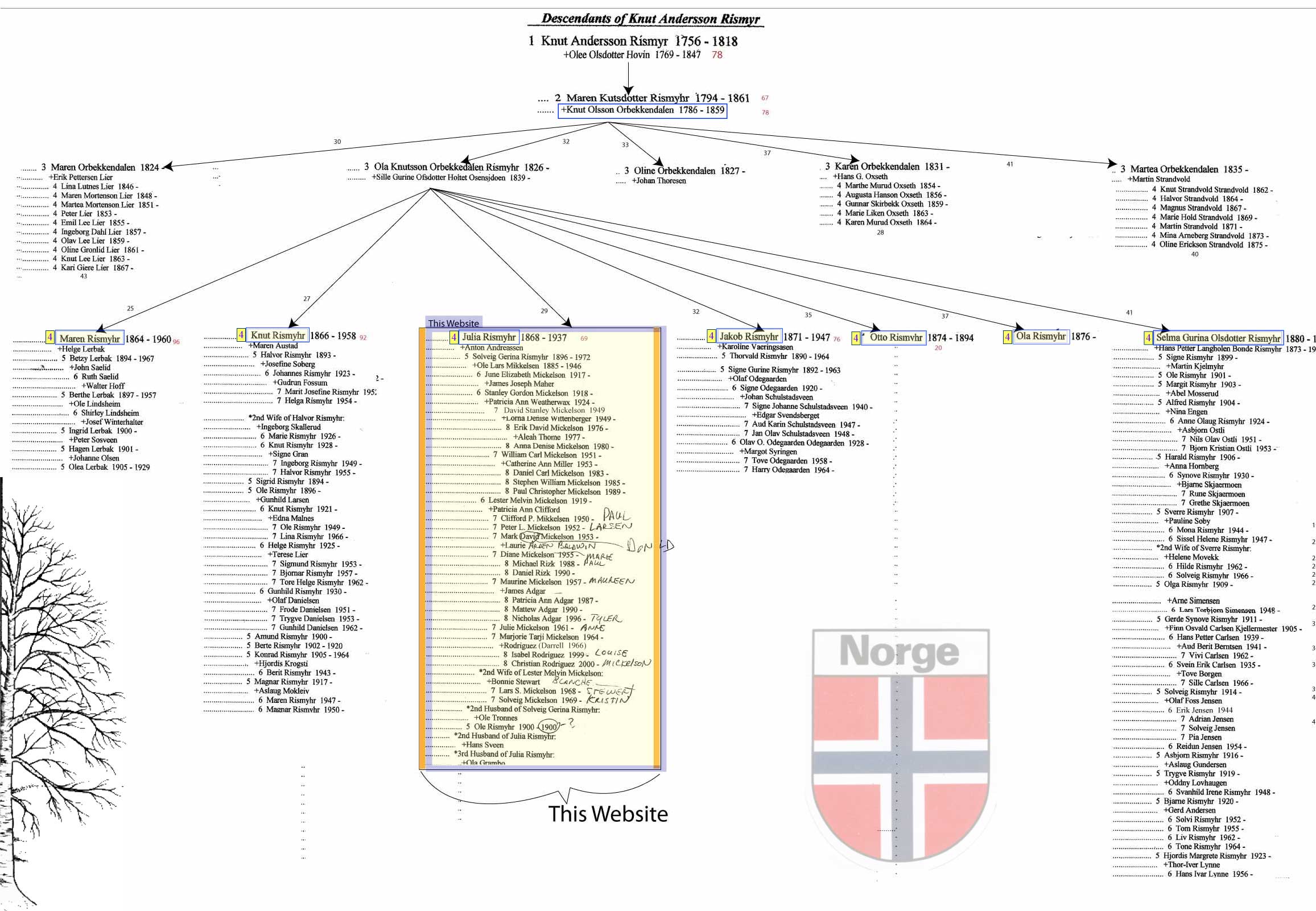
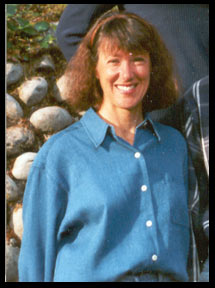
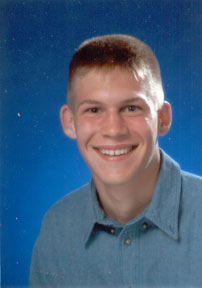

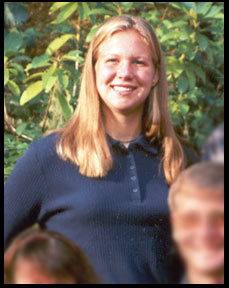
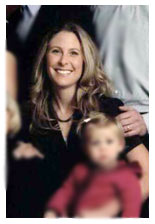

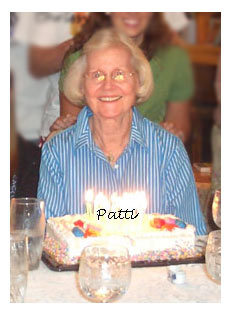
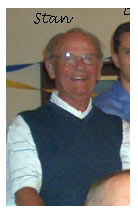
This little book is written for the descendents of Knut 0rbekkedalen (1786-1859). He was born on a remote farm in eastern Norway. Though it was 30 kilometers (19 miles) from church and center, there was much traffic because a road to Trysil and Sweden went past the farm, and travelers with horses and load used to stop and rest there.
In the years 1807 to 1814 there was a war between Norway and Sweden. The Danish king, who was also Norwegian king, went into war on Napoleon's side, but Sweden fought against him. During the war the Norwegians erected their own constitution, broke out of the union with Denmark~ and got a personal union with Sweden. This happened in 1814, but before that time many battles had been fought between Norwegian and Swedish soldiers along the border. Knut 0rbekkedalen fought as «skil0persoldab> - light infanterist op skis - all those seven years, and he was a clever skier and rifleman. But of course he didn't like the war, his mother was Swedish and he had relatives on the other side. Here in the frontier district there was trade and friendship across the border, this was the last time Norwegians and Swedes fought against each other.
After the war Knut lived as a well to-do farmer, hardworking and respected by all. He died 72 years old in 1859. He was married twice and had one daughter -in the first and four daughters and a son in the second marriage. Today he has hundreds of descendents, and more than the half of them live in the United States. Among the younger generation over there only a few understand Norwegian, That doesn’t matter much for this book, which mostly consists of names and dates. Titles and occupations can hardly be translated because the American and Norwegian societies differ so much.
A few words ought to be said about the ancestors centuries ago. The Norwegian farmers in 1500, 1600, 1700 and first half of 1800 were not unfree peasants under noblemen as in other European countries. They were freeholders and owned their farms, often as «odelsgarder» which could not be sold out of the family. The oldest son had the right to take over as head of the family after his father. To be free «odelsmann» does not say that they were wealthy. The taxes were high, and the nature at 60 degree north forces people to fight for a living against frost and bad weather. Hunting, fishing and «seterdrift» (dairy farming in the mountains) supported what they could get out of the farm. They often were skilled craftsmen, and folks art in Norway stands higher than in central Europe.
Our ancestors were farmers most of them. On the odels farm the oldest boy succeeded his father. The younger brothers had to start new farms. 0rbekkedalen had been a «seter» before people settled there 300 years ago. Knut Svanasen was not the first one, he bought this farm in 1761 and improved it for his descendents. He was a younger son of old odels stock. Some of his ancestors had been «lensmanm>, sherifs and spokesmen for the well·to·do farmers. Two hundred years ago younger sons had to do as he did. In the last hundred years they emigrated to the United States or moved to the cities. A more differentiated society opens for a more specialized choice of occupations. Compared with other families of Scandinavian stock we can note that our family came from hardworking but free farmers, a solid middel class, not from the few rich and not from the numerous poor «husmanns» class, the unpropertied workingclass. In the 1880' es a great part of this class emigrated to America, but the pioneers in the 1860'es came from the farmer class. After 1900 even higher educated Norwegians have emigrated to the U.S ..
Both the American and the Norwegian society have changed very much the last generation, and the difference is today much smaller than hundred years ago. - I hope that this book will help both to give material for comparisons and a better understanding of background, and open ways to get in contact with relatives on the other side of the Atlantic.
December 1967.
Havard Skirbekk
